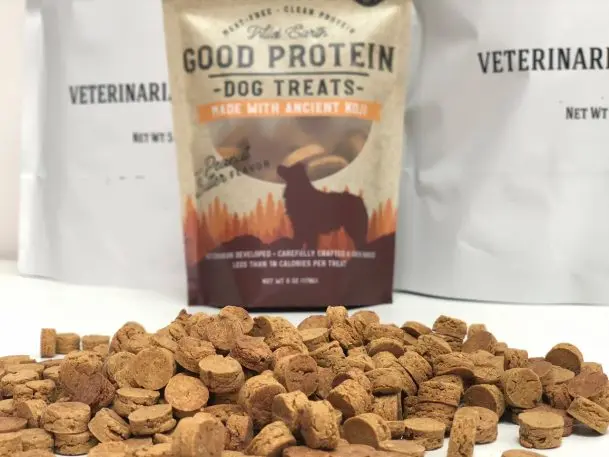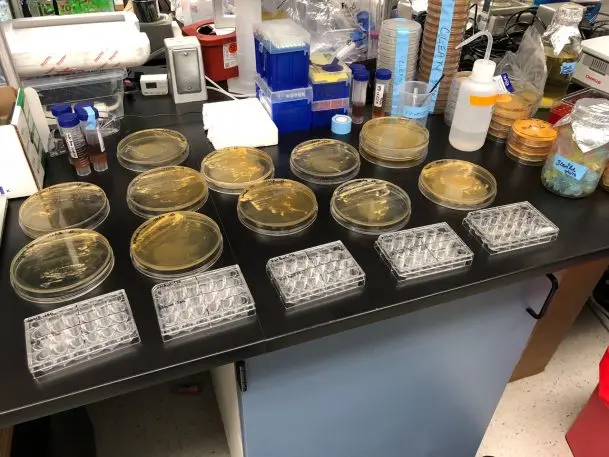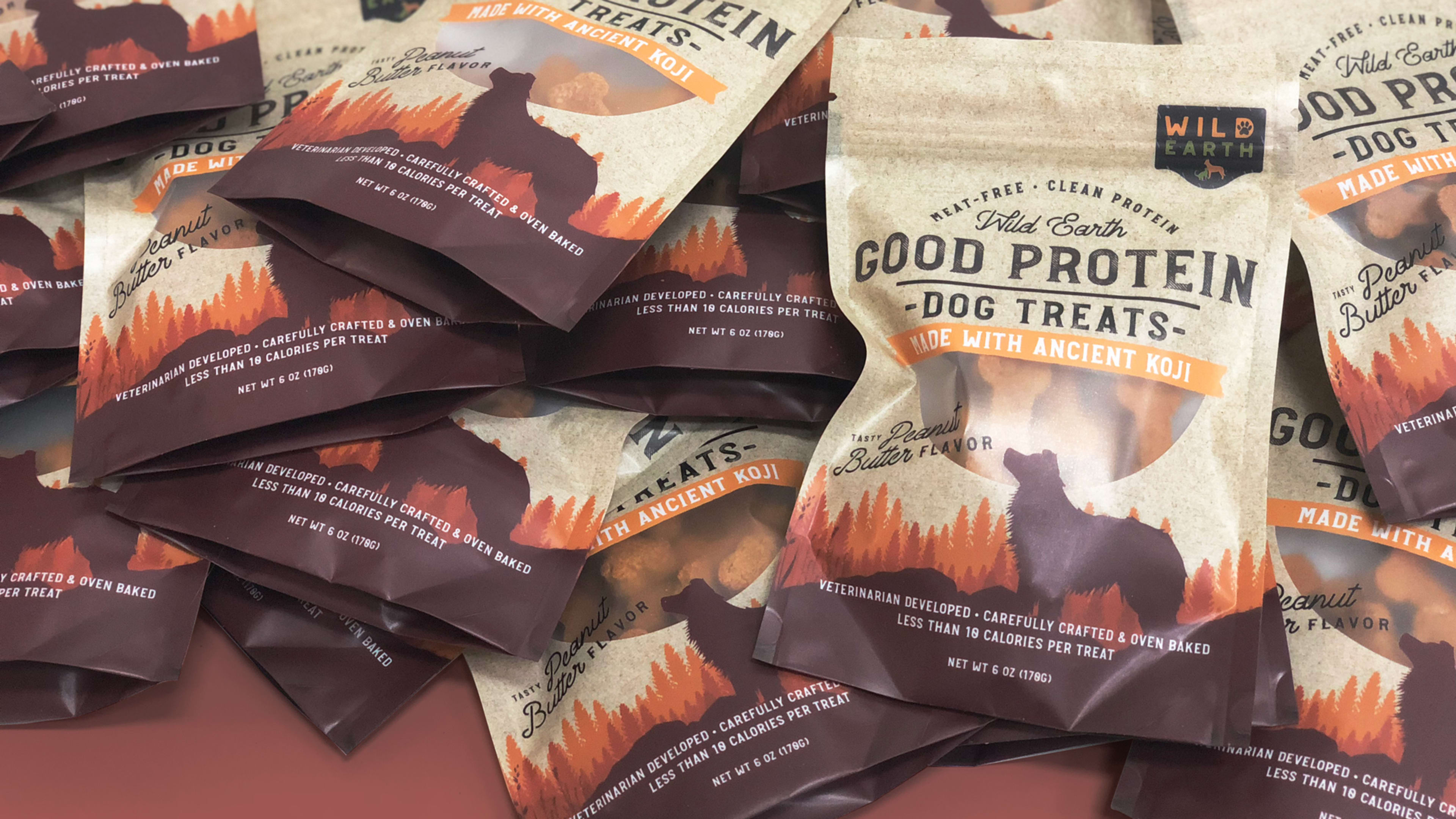While other Silicon Valley startups grow chicken from animal cells for future use in chicken nuggets, one Berkeley-based biotech startup has been experimenting with bioreactor-grown meat for a different audience: mouse treats for cats.
The startup, called Wild Earth, wants to provide sustainable, cruelty-free, and healthy options for pet food at a time when some other brands use animal byproducts and have faced recalls for problems like dog food laced with pentobarbital, a euthanasia drug. It already makes and sells dog treats made from cultured fungi protein. The founders saw an opening for pet food in the growing cellular agriculture sector.

“It became very clear to me that there was no Memphis Meats of pet food,” says Ryan Bethencourt, the CEO of Wild Earth. A biotech VC, he previously co-founded Indiebio, the accelerator that spawned Memphis Meats, a company working on “cell-based” beef and poultry. “There was no Beyond Meat of pet food. We really thought that we could transform food for our pets.”

Bethencourt, who fosters dogs, had often questioned both the nutritional value and larger ethical implications of the food that he fed them. “Every time I’d open up a can or I’d pour them some kibble, I’d wonder what’s actually in their food and what type of impact it’s having on our environment or on farmed animals,” he says. One study calculated that feeding cats and dogs in the U.S. creates the equivalent of 64 million tons of carbon dioxide each year.
The startup’s first products are dog treats made with fermented koji, a type of fungus that is also used to make foods like soy sauce and miso soup, along with ingredients like peanut butter. The product is a “complete protein,” meaning that, like meat, it provides all of the amino acids that dogs need nutritionally. Wild Earth calculates that producing the treats uses 90% fewer resources than meat-based treats. Within a few months, it plans to release a new koji-and-plant-based dog food. The food is currently going through taste tests with dog “volunteers” in homes; Bethencourt notes that the pet food industry typically tests foods on lab animals.

The company focused on koji since it’s already ready for commercial scale, but is also exploring so-called “clean meat” grown from animal cells for the future. “The reality of it is, getting to the point where you can actually commercially and feasibly scale a product like that is going to take some more time,” he says. As an early experiment, the team tried making lab-grown mouse cells, both because cats are known for liking the flavor and because the cell line of mice is well understood.
The company may eventually partner with others in the cell-based meat space to produce new products, though it plans to focus on koji for now. On March 17, the company will pitch on Shark Tank. “We get to tell the world that this is this is not just hype,” Bethencourt says. “This is a real product that we can use today.”
Recognize your brand’s excellence by applying to this year’s Brands That Matter Awards before the early-rate deadline, May 3.
